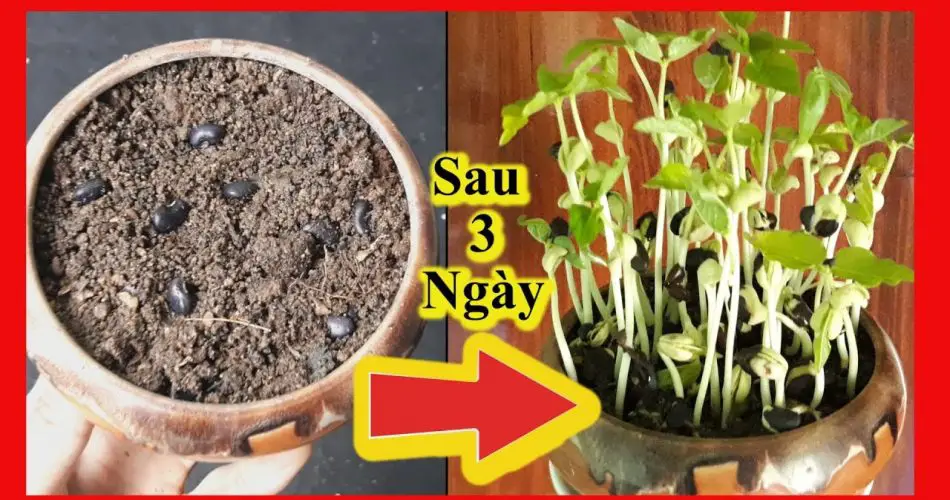The Fascinating Journey: Observing the Germinated Bean Plant
Embarking on a simple and educational science experiment, observing the germination of a bean plant unveils the remarkable process of life unfolding right before our eyes. This hands-on activity not only provides valuable insights into plant growth but also sparks curiosity about the wonders of nature.
Materials Needed:
- Bean Seeds: Choose large bean seeds for easy observation. Common options include lima beans, kidney beans, or broad beans.
- Paper Towels or Cotton Pads: Use paper towels or cotton pads as a medium for germination. They maintain moisture while allowing easy visibility of the germination process.
- Ziplock Bags or Clear Containers: Select transparent containers or Ziplock bags to create a controlled environment for observing the germination.
- Water: Ensure a water source for moistening the paper towels or cotton pads.
Steps to Observe Germination:
1. Prepare the Medium:
Dampen the paper towels or cotton pads without making them too soggy. Place them in the transparent container or Ziplock bag.
2. Plant the Seeds:
Position the bean seeds evenly on the moistened medium. Seal the container or bag to create a humid environment for germination.
3. Place in a Warm Location:
Put the container or bag in a warm and well-lit area. Beans require warmth and light to germinate successfully.
4. Observe and Document:
Over the next few days, observe the changes in the seeds. Note the emergence of roots and shoots. Record daily observations, including the number of roots, their length, and the growth of shoots.
5. Understand Germination Stages:
Witness the key stages of germination – the initial absorption of water, the emergence of the radicle (root), and the development of the hypocotyl (stem).
6. Transfer to Soil (Optional):
If desired, you can transplant the germinated seeds into soil once the roots and shoots have developed sufficiently.
Educational Insights:
- Roots Seeking Nutrients: Witness the roots extending into the medium as the seed searches for water and nutrients to support growth.
- Shoots Reaching for Light: Observe the shoots emerging from the seed, reaching upward in pursuit of sunlight for photosynthesis.
- Life Cycle Understanding: Gain a firsthand understanding of the life cycle of a plant, from the dormant seed to the germinated seedling.
- Encourage Scientific Inquiry: Encourage curiosity by prompting questions about the factors influencing germination, such as light, water, and warmth.
Observing the germinated bean plant is not just a science experiment; it’s a captivating journey into the intricacies of life. This simple yet impactful activity fosters an appreciation for the marvels of nature and stimulates scientific curiosity. As the tiny seed transforms into a thriving seedling, it leaves a lasting impression on the curious minds that witness the magic of germination.



